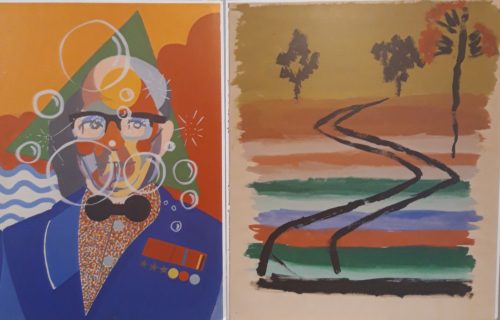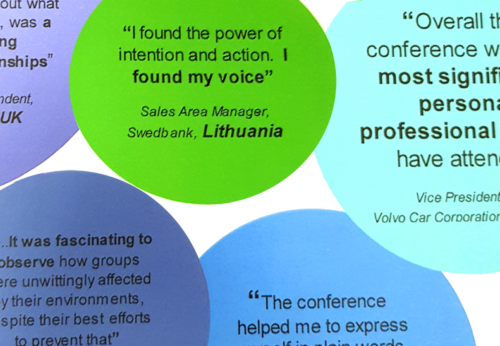
On Thursday 7th November just before 10am, a group of us gathered at St. Luke’s Community Centre in Shoreditch, ready to begin an exploratory day that would delve deep into the Tavistock Institute of Human Relations’ (TIHR) archive. As the Tavistock Institute’s CEO Dr Eliat Aram stated in her opening speech, art has a way […]

So here’s the way we do things in the archive world: You have your boxes of papers, all messy and disorganised. Then you try and impose some order on them, trying to make sense of how the records were originally created and maintained. After a well-earned tea break (of course, a safe distance away from the original, unique documents!), you start to organise them into neat and pretty categories and form a lovely tidy hierarchy, which supposedly reflects the structure and organisation of the creating body. Or that’s the theory anyway …

